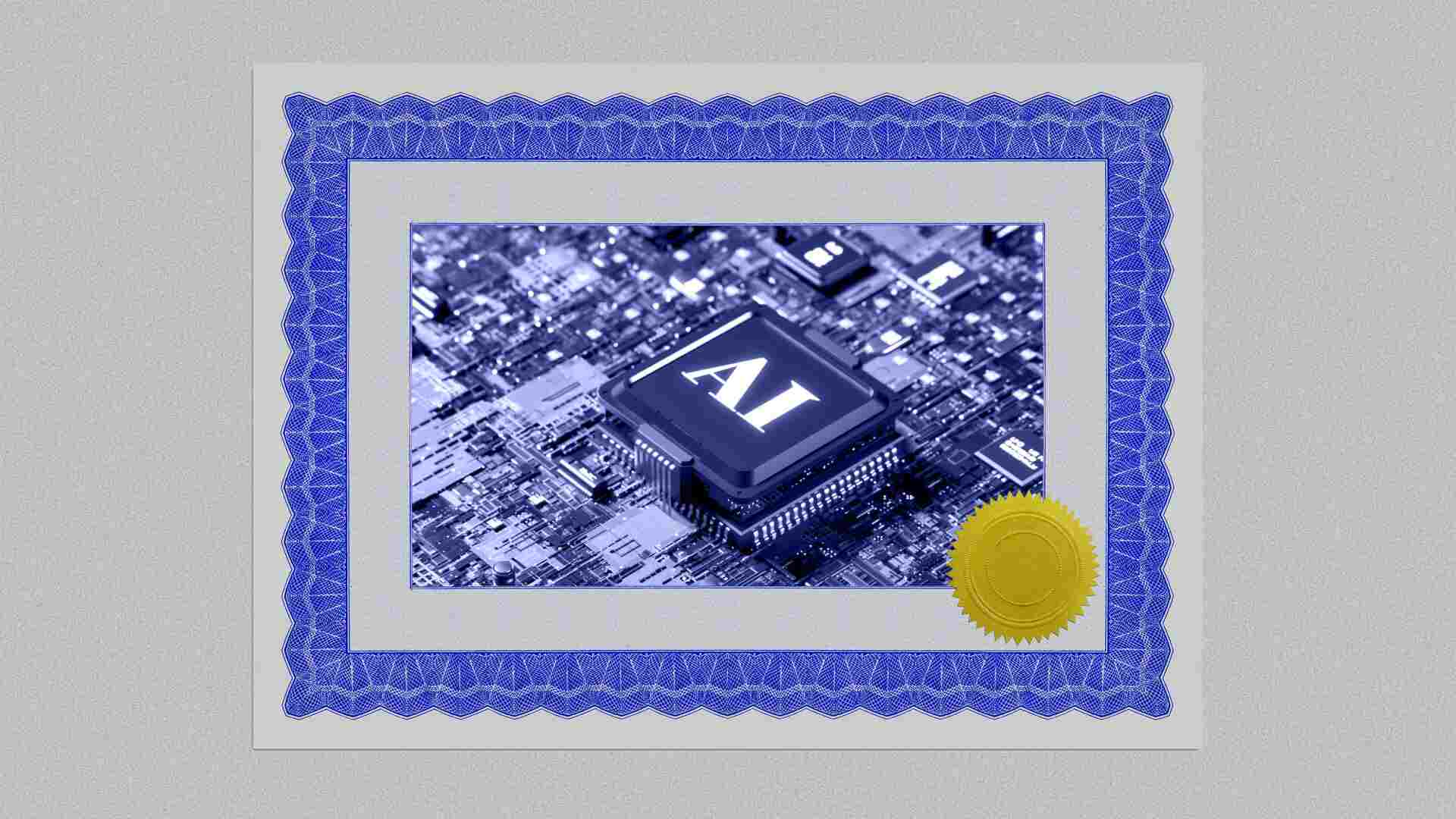- | 8:00 am
No one’s talking about the crucial mindset difference between Bitcoin and crypto investors. Here’s why it matters
Investors in digital assets are driven by many different psychological factors. Understanding their motivations is crucial for anyone interested in the future of the global financial industry.

Research studies have shown that psychology and emotional decision-making play a significant role in the buying and selling of cryptocurrencies.
But why should the average consumer care about the psychology of crypto investors? The answer lies in the ripple effects crypto has on the broader financial industry. As the use of cryptocurrencies becomes more mainstream, further disrupting traditional financial systems, the motivations behind crypto moves will impact the economy as a whole.
Therefore, understanding the psychology behind their popularity can help anyone looking to make informed investment decisions.
To understand the most prominent psychological drivers behind the rapidly emerging crypto space, it’s helpful to view the retail crypto investor as having one of two major mindsets: the Bitcoinist or the Crypto Native.
Of course, there are countless schools of thought, strategies, and tactics—popular, esoteric, contrarian, and everything in between as it applies to a retail investment approach to digital assets; but even the most savvy or novice investors exhibit traits, behaviors, and compulsions of one of these major mindsets or the other. Let’s explore the key differences between these two psychological approaches to cryptocurrency.
THE BITCOINIST MINDSET
Investors with a Bitcoinist mindset (Bitcoinarianism) are typically early adopters of Bitcoin, some having been invested in the asset since its inception in 2009.
Bitcoinists have a deep understanding of the technology and the underlying philosophy of Bitcoin, which is centered on the idea of creating a more open, transparent, decentralized, and secure financial system that gives individuals greater control over their own wealth and financial transactions. Bitcoinists have a strong commitment to Bitcoin projects and are often vocal advocates for the cryptocurrency. This community is passionate about the technology and are often willing to take risks in order to support the success of the project. This passion can lead to emotional attachments, which is why Bitcoinists tend to be vocal in their support for the principles of decentralization and censorship-resistance as applied to the use of bitcoin as a digital currency.
Decentralization is the idea that the control of a system is spread out among many different actors instead of a single centralized entity. This is the basis of the Bitcoin network, as it allows users to send and receive payments on a decentralized blockchain, in the form of a digital ledger, without relying on a third-party intermediary like a bank or government. One of the biggest benefits of this system, that Bitcoinists promote, is how it enables access to financial services to people and organizations, regardless of where they are in the world.
Censorship-resistance is the ability of a system to resist attempts to control or interfere with its operations. Bitcoin is designed to be censorship-resistant as it allows users to send and receive payments regardless of location, identity, or other factors. This means that users are able to use Bitcoin without fear of their transactions being blocked or censored by a third party.
Together, decentralization and censorship-resistance make Bitcoin an ideal digital currency for users who want to transact securely and without interference. By relying on the peer-to-peer network of computers to process transactions instead of a centralized entity, users can ensure that their payments are secure and private. Additionally, the censorship-resistance of Bitcoin allows users to transact without fear of censorship or interference from third parties.
Most Bitcoinists got into crypto not as a way of quickly accumulating wealth, but because they genuinely believe in the technology and ideology behind this digital currency.
THE CRYPTO NATIVE
Crypto native refers to those who have been using and investing in cryptocurrencies from the beginning, generally from 2009 or earlier. These investors have a deep understanding of blockchain technology, are highly engaged with the community, and are always looking for the latest news about the industry.
Cryptonativity, or the aspects of the Crypto native mindset, are often observed in people who have grown up in the world of cryptocurrency and are open to exploring the wider potential applications of blockchain technology and digital assets.
Decentralized finance (DeFi) as a financial system has grown significantly beyond Bitcoin, with the launch of Ethereum in 2014, followed by NFTs a few years later, along with decentralized autonomous organizations (DAOs) allowing retail investors to buy and sell many different types of crypto using smart contracts without the involvement of a bank or government entity.
The more expansive view of money and finance that crypto natives have versus Bitcoinists influences how they think about risk with regard to investing. Crypto natives are individuals who have grown up in the digital age. They are comfortable with emerging Web3 technology, understand the power of decentralized digital currencies, and often have an entrepreneurial mindset.
Crypto natives view investing as an opportunity for growth and are more likely to take financial risks. Many Crypto natives invest in high-risk/high-return investments at a much higher rate than traditional investors or Bitcoinists, and they are also more likely to diversify their portfolios with multiple different currencies and tokens.
The value for this type of investors is diversification, spreading investments across a wide range of assets, including traditional stocks and bonds as well as crypto. They are also more likely to understand the volatility of the crypto markets and the potential risks associated with investing. This knowledge helps them make more informed decisions when it comes to their investments.
Overall, Crypto natives have a more open-minded approach to risk when it comes to investing. They understand the potential rewards as well as the potential risks and are willing to take calculated risks to achieve their goals.
As more developers build decentralized applications (DApps) to facilitate a multitude of different financial transactions on a blockchain, the diverse crypto future that Crypto natives support becomes a long-term reality.
CRYPTODIVERGENCE AND THE WIDENING GAP BETWEEN INVESTORS
There is a big difference in focus and approach between those who prioritize the use of Bitcoin as a digital currency (Bitcoinists) and those who are open to exploring the wider potential applications of cryptocurrency (Crypto natives).
Both camps also come with their weaknesses. Individuals with a Bitcoinist mindset may be more focused on the long-term potential of Bitcoin as a store of value and may take a more conservative approach to investing. Because they prioritize the principles of decentralization and censorship-resistance, they may be more selective in their investments, choosing projects that align with these principles. This more cautious approach could cause them to ignore or take a negative view of crypto opportunities outside of their comfort zone—becoming a hindrance or critic of progress.
Crypto natives may be more open to experimentation and risk-taking in their investment strategies, and are more interested in the potential for high returns and innovation within the cryptocurrency space. The downside of this mindset is that it could potentially lead investors to take on more risk in their investments, motivated by fear of missing out (FOMO) on the next big thing in crypto. When this mindset becomes unbalanced, it is more akin to gambling than a healthy investment strategy
The growing chasm between these two schools of thought opens up opportunities for individuals to exploit the extremists on both ends of the spectrum and prosper in the darkness between the pillars of these communities.
While these two mindsets may never completely align, philosophical bridges should be constructed to help fill this chasm, using education and expert mediators, who can speak to the industry leaders on both sides. There are lessons to learn and things to avoid from both mindsets. The Bitcoinists need to be more open-minded for the sake of mass adoption and progress; the crypto-natives need to be more conscious of risk and the ripple effect of their actions for the sake of the crypto industry’s integrity and preservation.
If we want to progress as a society towards a brighter financial future for all, we will need leaders from both sides to work together, learn from each other’s mindsets, and strategize the best path forward.







































